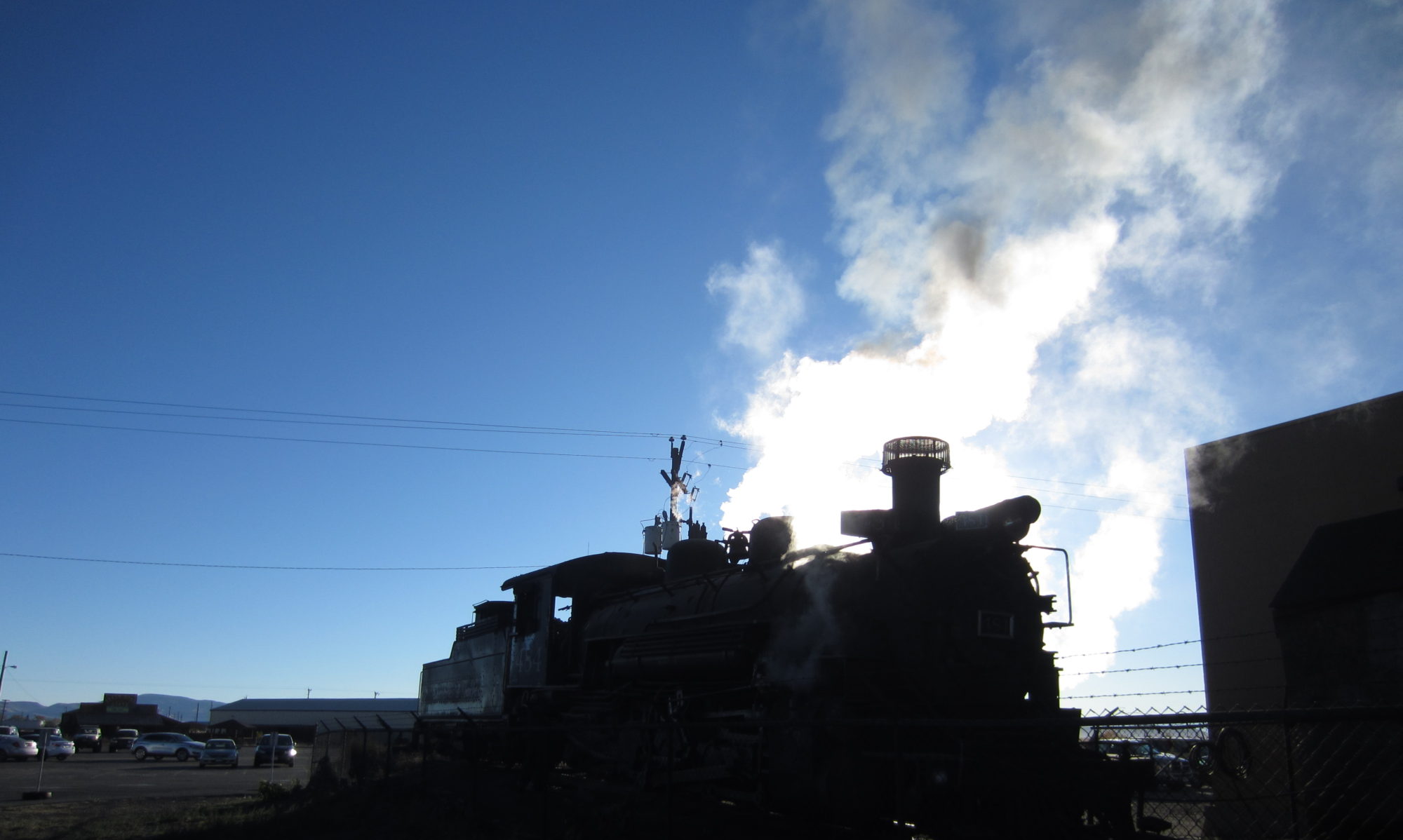Throughout the four oasis complexes we visited on our trip to the south, the level of sophistication of irrigation and irrigation control impressed me. In all of the oases, a complex system of water management has been in use for several thousand years. This is evident especially in the larger Gabes oasis complex where the bus got up close and personal with a roman aqueduct which passes water over the road and another roman aqueduct which passes water under the road. These two aqueducts have effectively limited the size of vehicles which can use that particular road through the oasis for some two thousand years. They have also provided irrigation for large swaths of greenery.
In the oasis of Chebika utilizes a dam to retain water in a narrow gorge in the mountains above the alluvial fan of greenery. This dam appears to be a recent construction, but similar methods of storing water for lean times no doubt have been used in the mountain oases for quite a while – if not by a dam that retains water in the liquid form, then by earthen berms designed to capture water runoff from the particularly strong and rather infrequent rain storms which, from time to time, hit the deserts of Tunisia.
The oasis of Tamerza employs a series of canals and pipes to carry water throughout its palmeraie. Little has changed here, aside from the plastic pipes now being used, since the oasis was carved out of the desert landscape. Probably before the water was so heavily exploited, the natural swimming hole at the bottom of the cascade in Tamerza was a bit deeper and a bit cooler, but having the choice between an entire oasis that can support several thousand people and a cool refreshing swimming hole, it seems that the local populace decided on the less invigorating of the two.
Tozeur’s oasis has been operating at its current state since the 1200’s when Ibn Chabbat, Tunisia’s famous engineer, designed the irrigation system. The same channels, canals, and dams which he devised to supply the ten square kilometer oasis with all of its water are still in use. Some of them have been upgraded from the original stone and wood linings to concrete and metal, but otherwise, the whole system has been running with minimal maintenance for about 800 years.
Recent years have seen the amount of water available to oasis agriculture decrease substantially. In Gabes, the various non-agricultural uses of water have increased greatly. Phosphate processing uses water. So does the new city. So does the zone touristique. Everyone is water hungry. Unfortunately, as is the case in many places, the traditional agricultural practices loose out. From what I gather, each section of the oasis used to get two or three days of water per week – now they get water every 45 days or so. To adapt to this, beds that used to be 20 meters long have been divided into 10 or even 5 meter sections. Originally, the watering practices consisted solely of flood irrigation. Now, people use a combination of flood irrigation, made more efficient by smaller beds, drip irrigation, and direct injection of water to the root level via pipes stuck in the ground next to the root balls of trees during planting. The oasis at Gabes has managed to cling to is precarious existence in this manner, but continued growth of industry, tourism, and the city are increasing the threat to the oasis.
An interesting bit of wisdom imparted on Lucas and I by our host dad, Ahmed, struck both of us as very true and very interesting. The only reason such large and complex oases exist is that humans decided to use the water from a spring to build oases out of the desert. It’s a daily battle with sand, heat, and drought to keep the palmeraies alive. Even a few days interruption in vigilance against the sands of the more sandy deserts and the entire palmeraie could be lost. Take humans out of the equation, and every oasis in Tunisia would shrink to but a few palm trees and some small bushes clustered around a little spring surrounded by desert. The peoples of the oases of Tunisia not only are the benefactors of the greenery but are also the architects and caretakers. Humans and the oases they live in are bonded together. Take one away, and the other will succumb to the sands of the desert.
